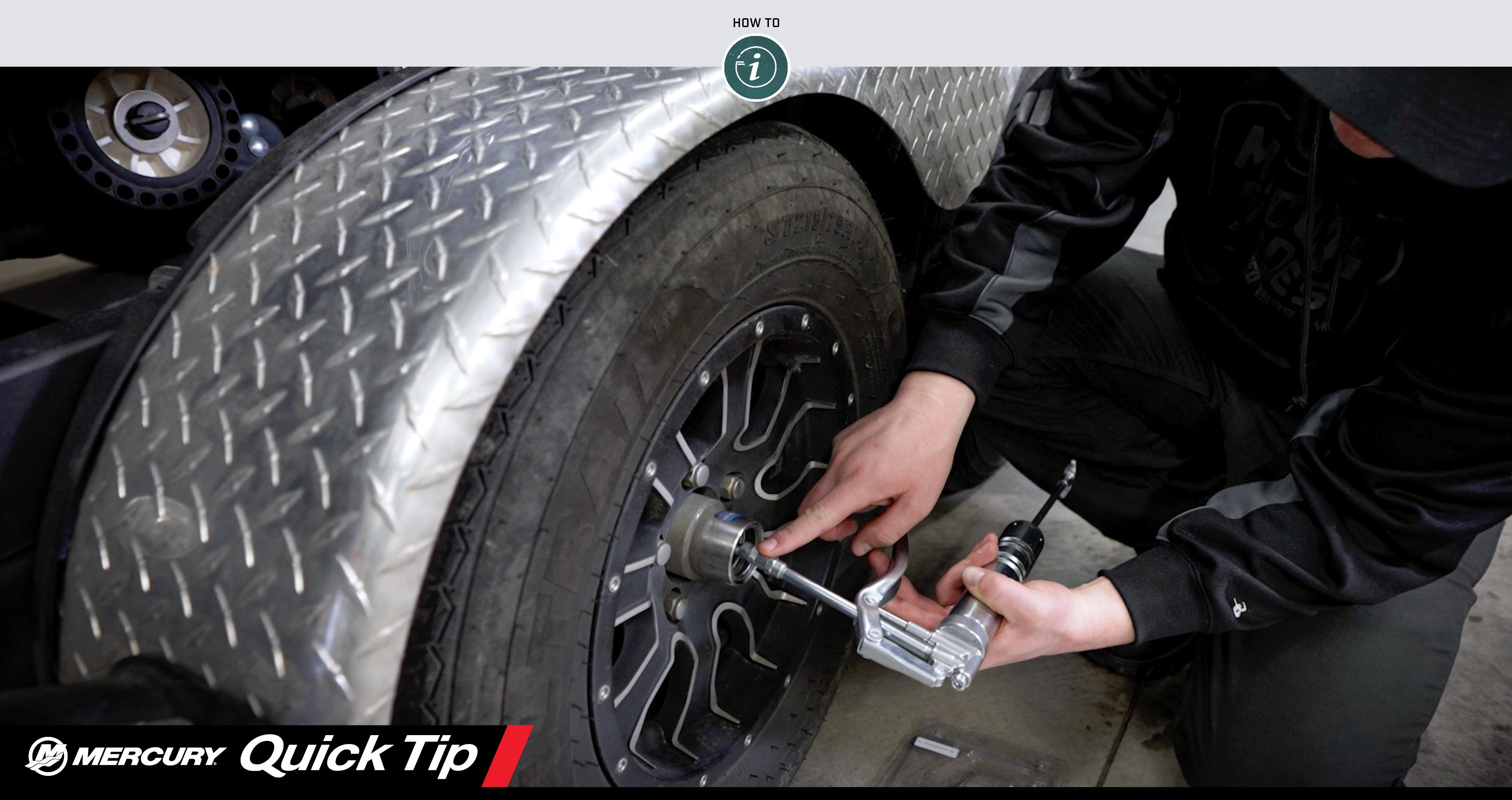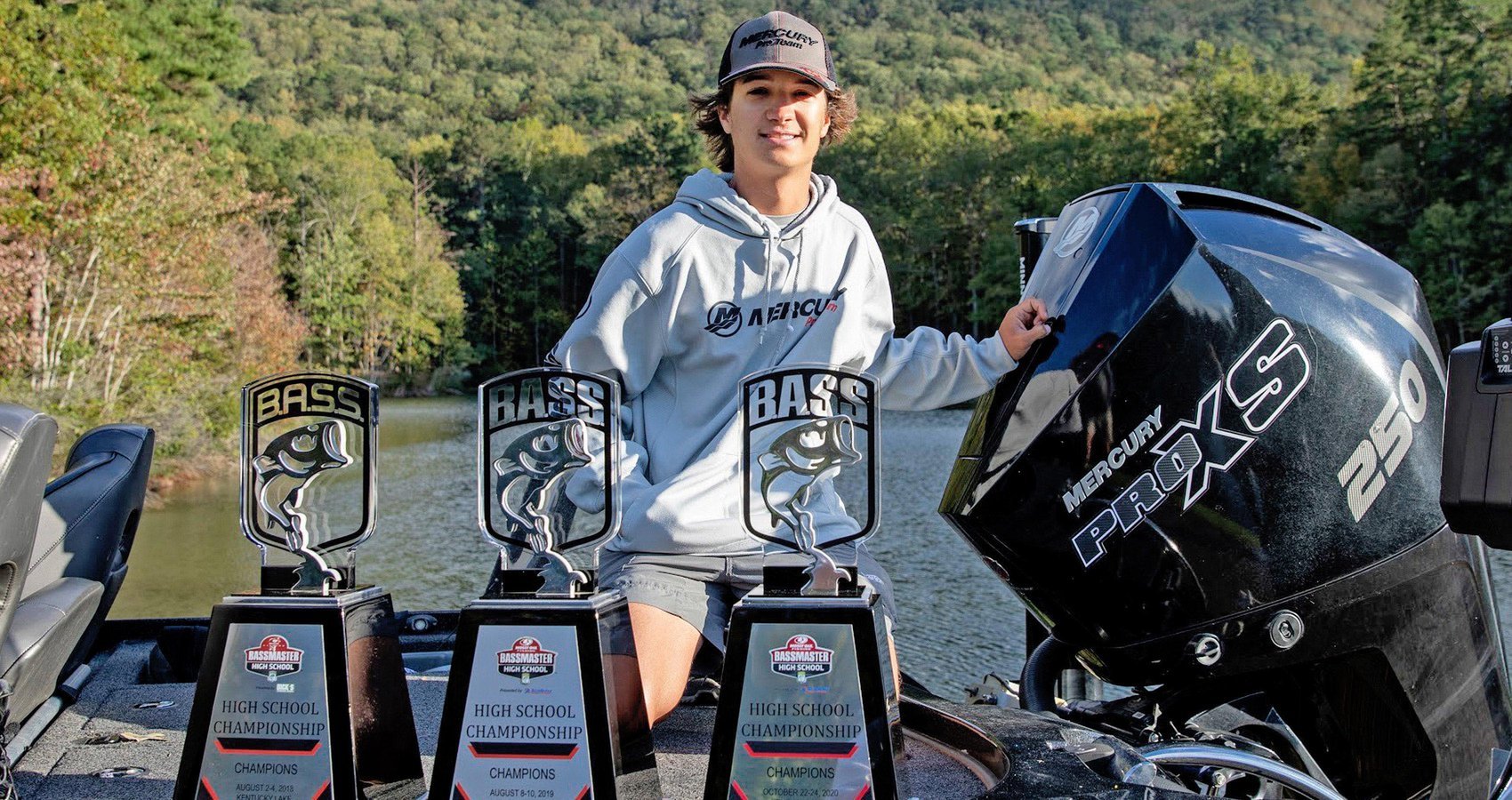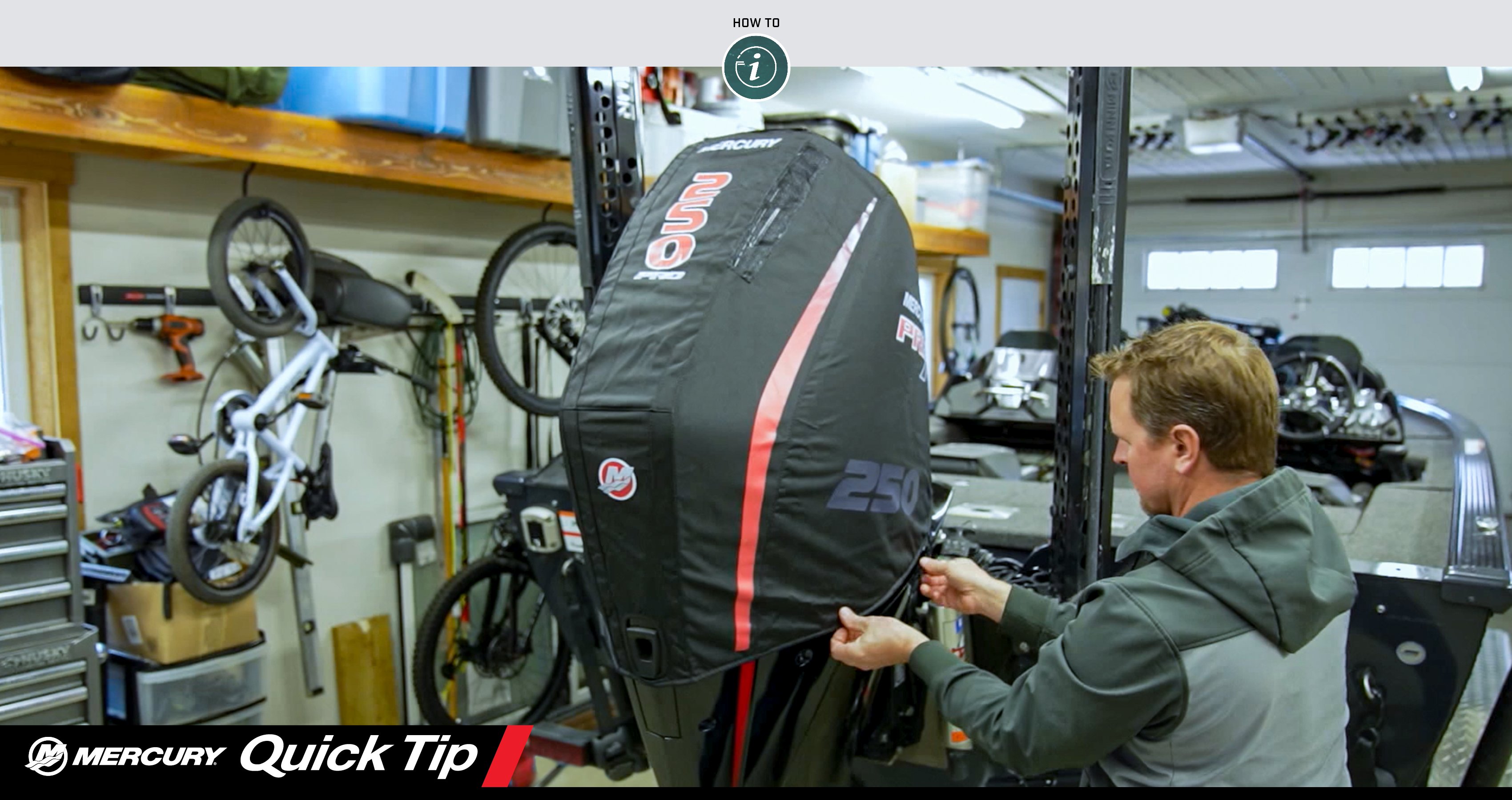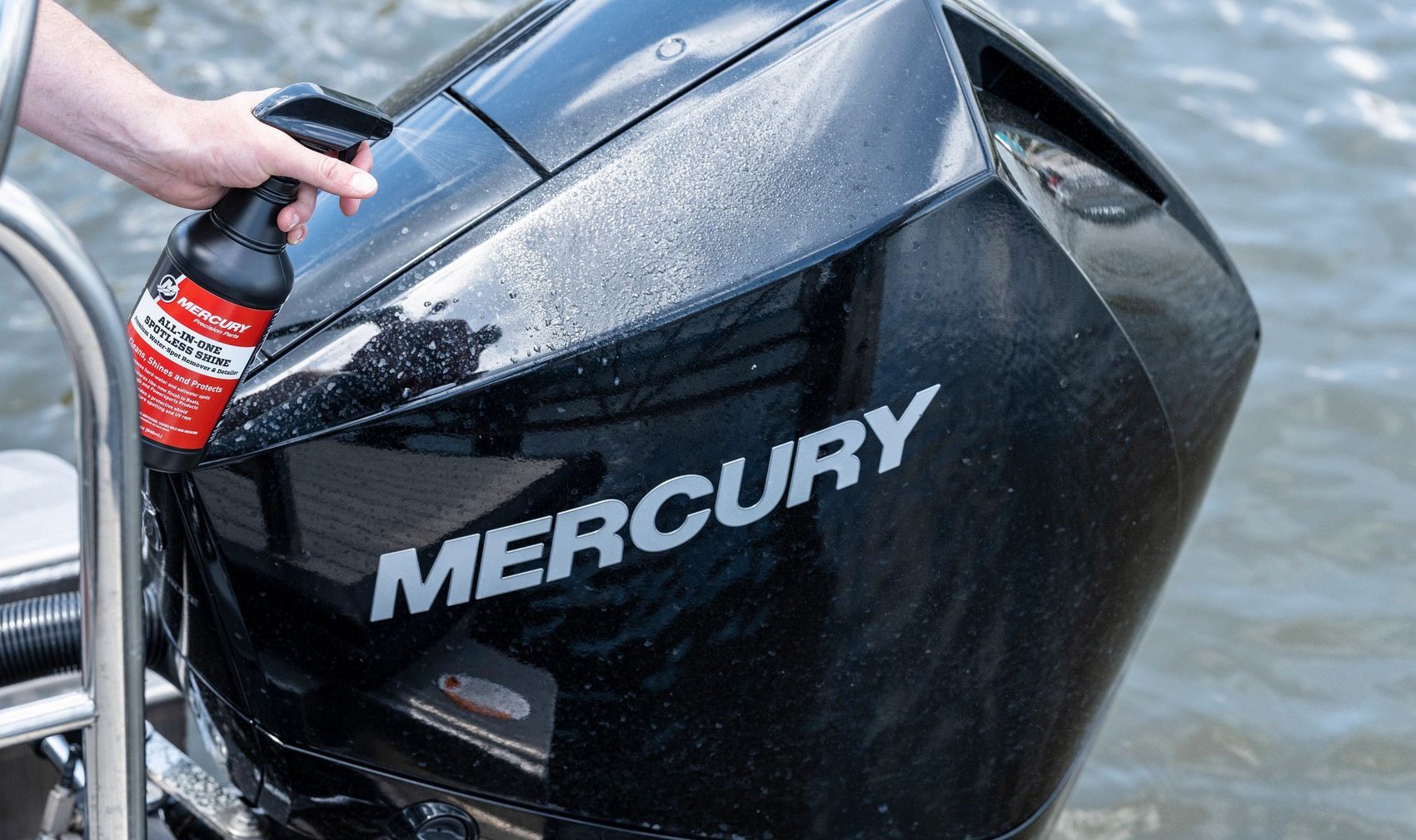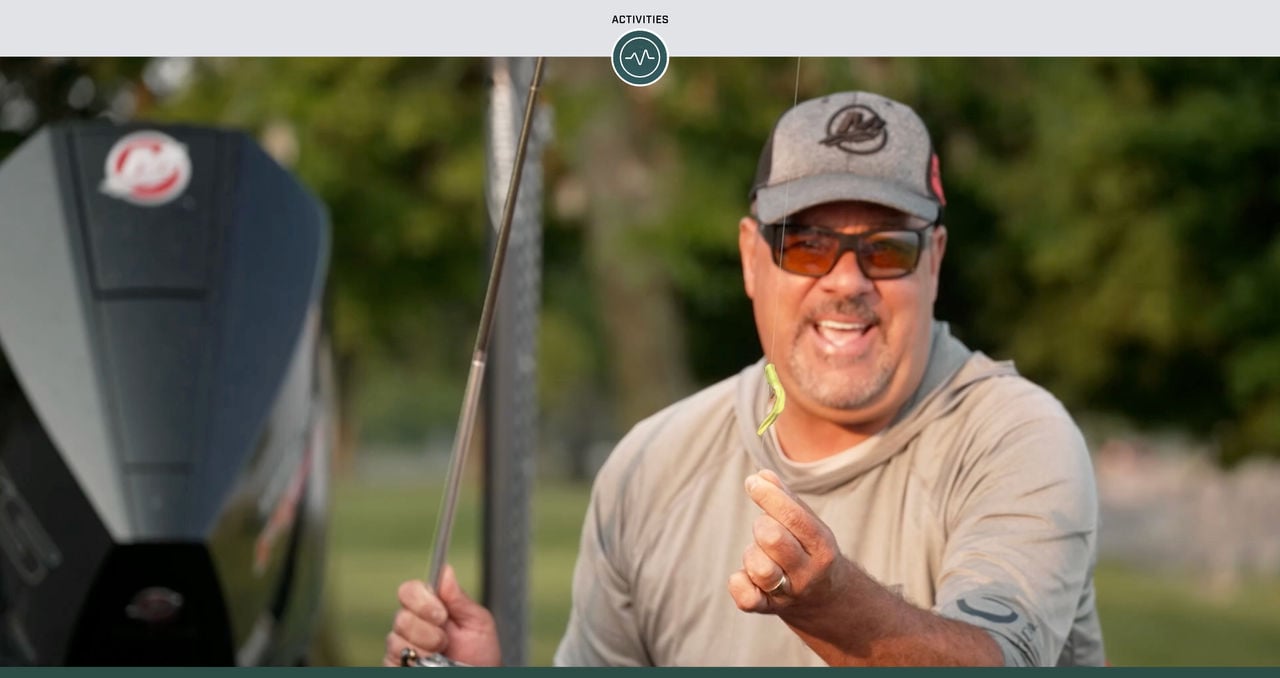Back in the late 1990s, when the potent bass fishing technique of drop-shotting spread across the country, a drop-shot was primarily considered a finesse technique. Western anglers were the early pioneers of drop-shotting. They fished crystal-clear waters using extremely light tackle – line in the 6-pound-test range, thin straight-tail worms, and 3/16- or 1/4-ounce weights. The components of the rig were scaled down to make the worm look as natural as possible.
As the drop-shot made its way east in the early 2000s, anglers on the other side of the country – including Mercury Pro Team member Mark Zona – discovered the drop-shot was equally effective in dingier waters with an array of lures. In time, a drop-shot became a staple in the rod box for tournament bass anglers in every type of water, with some key adjustments to make it even more effective across a range of conditions.
Here, and in the video below, Zona breaks down some of the adjustments he’s made while fishing with the drop-shot over the last 20 years.
Don’t Just Drop It, Cast It
When Zona first started drop-shotting, the technique was all about dropping straight under the boat to fish marked on 2D sonar in deep water. Today, that’s changed.
“The idea was to shake the rod tip slightly to give the worm a subtle quiver. It was totally a finesse gig,” Zona recalled about the initial technique. “After 20 years of fishing pressure and major advancements in electronics, bass have become more boat shy, and dropping straight to them has dried up. Now, I actually cast a drop-shot more than ever. At times, it does not even seem like a drop-shot to me anymore, but more like a ‘power-shot’ that I can cast out away from the boat to create a reaction bite.”
Zona’s need to turn his finesse drop-shot into a power-shot emerged to get the rig farther away from his boat’s footprint to more unsuspecting fish on points and flats. With this approach, he could fish the drop-shot in shallower water as well, in the prime 10- to 20-foot-deep zone.
Beef Up the Tackle
Zona also upsized his tackle to 10-pound-test braid tied to an 8-pound-test fluorocarbon leader. More critically, he upgraded his weight sizes to 3/8 and 1/2 ounce for more casting distance and to significantly increase the rate of fall to the bottom.
“Most of the time a bass bites the drop-shot the first time it hits the bottom,” he said. “They follow it down to the bottom on the initial fall, and when the weight touches down and the bait pulses, they eat it. It’s a total reaction bite.
“If I don’t get a bite on the initial bottom contact, I’ll shake it in place for a few seconds,” Zona added. “Sometimes a little extra coaxing works after the initial touchdown. If I don’t get any takers, then I reel it back in and make another presentation. There is no sense in working it all the way back to the boat. That first bottom contact is 90 percent of the presentation.”
Zona’s approach to the drop-shot now allows him to more efficiently cover prime water.
“The faster rate of fall alone has increased my efficiency by at least 50 to 60 percent over a more traditional 3/16-ounce weight,” he said. “More initial drops to the bottom in a day of fishing means more opportunities for bites. And it seems the faster it zips by them, the more they react to it out of impulse.”
Dial in Dropper Length
Long before the advent of forward-facing sonar, Zona caught hundreds of bass – of all species – by simply blind-casting the beefed-up drop-shot to high-percentage places visible on his mapping, such as flat points and subtle contour breaks in deep flats. These days, forward-facing sonar has allowed the host of Zona’s Awesome Fishing Show to actually watch bass follow his drop-shot down to the bottom and eat it – or not. This new technology has helped prove a few of his theories about faster fall rates and reaction bites.
In addition, it has confirmed another hypothesis he has long suspected about drop-shot fishing, which is rarely talked about: dropper length is critical.
“The amount of action you impart to a bait upon that initial bottom contact is so critical depending on water temperature,” he said. “The bait’s action needs to match the water temperature and the season. Too much action in cold water is a no go, and too little action when the water is warm is not good either. The best way to achieve the correct action is with the drop-shot’s leader (dropper) length.”
So, what’s the secret to controlling lure action with leader length? In this video, Zona offers the long and the short of leader length based on water temperature and seasons.
To learn more about Mark Zona or “Zona’s Awesome Fishing Show,” visit MarkZona.com or check out this Mercury Dockline video.
